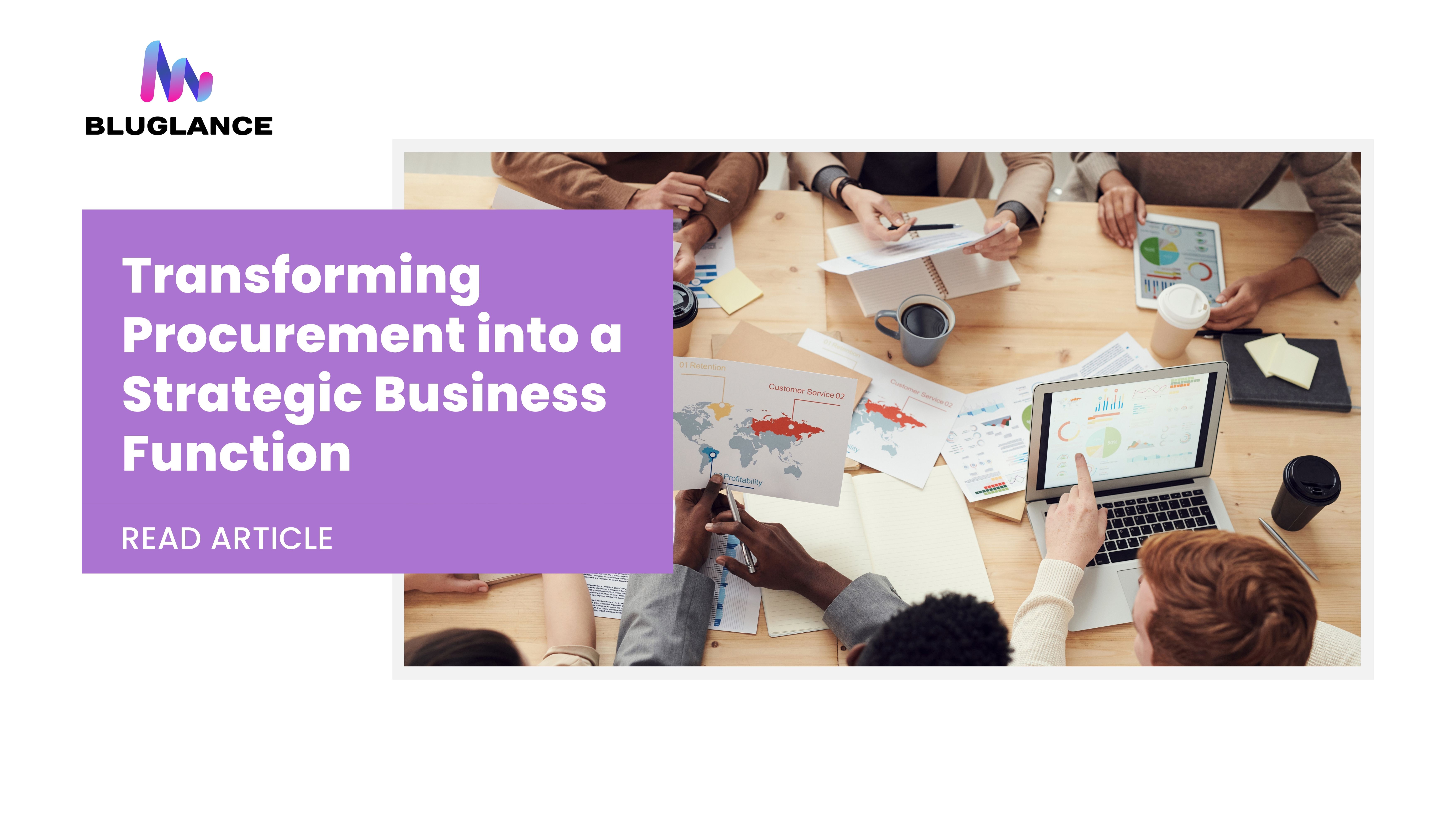
Transforming Procurement into a Strategic Business Function
Can your procurement team see market risks coming, before they show up in your costs?
Today’s procurement leaders are expected to do more than secure supply or negotiate prices. They’re expected to understand markets, navigate volatility, and support margin resilience. It’s a big shift and one that’s already underway in many forward-looking organizations.
The Old Model of Procurement No Longer Works:
For decades, procurement was primarily a cost-control function: negotiate hard, buy in bulk, lock in prices. But today, markets move faster than contracts.
Aluminum prices have shown 10–20% swings within a single quarter
Palm oil reacts almost instantly to geopolitical shifts and export restrictions
Crude oil responds more to headlines than fundamentals
In this environment, it's not about being caught off guard, it's about being prepared. And that’s where strategic procurement begins.
Why Strategic Procurement Starts with Risk Awareness?
Strategic procurement isn’t about buying cheaper, it’s about buying smarter.
It means knowing your cost drivers, anticipating price shifts and understanding your exposure before the PO is signed. Crucially, it means working closely with finance and treasury to manage that exposure not just report on it.
Bluglance partners with procurement teams to build that capability. We bring the market perspective, risk modeling, and advisory expertise to help procurement make informed, confident, and resilient decisions in volatile environments.
Because in today’s market, procurement shouldn’t just be efficient, it should be risk-intelligent.
Traditional vs Strategic Procurement: A Quick Comparison
So, What Can You Do Differently?
Here are 5 steps to elevate procurement into a strategic, risk-aware function:
1. Track Exposure:
Understand which commodities impact your cost base and how volatile those prices tend to be. Build visibility into what you can’t control.
2. Build Partnerships:
Collaborate with your treasury desk and finance team to create a shared risk map. Exposure isn’t isolated, it’s cross-functional.
3. Use Hedging Tools:
You don’t need to be a bank to hedge. OEMs, producers, and consumers can and should use tools like futures, options, and swaps to protect key inputs.
4. Reframe Contracts:
Move beyond fixed-price terms. Consider benchmark-linked contracts or align pricing strategy with your sales desk for natural offsets.
5. Educate Your Team:
Procurement should be thought of as a risk function. Train your team to evaluate suppliers, not just by price but by exposure, flexibility, and alignment with financial goals.
Ready to Rethink Procurement?
Let Bluglance show you how strategic, risk-aware procurement can protect your margins, even in volatile markets.
Get in touch to build a smarter, stronger sourcing strategy.
